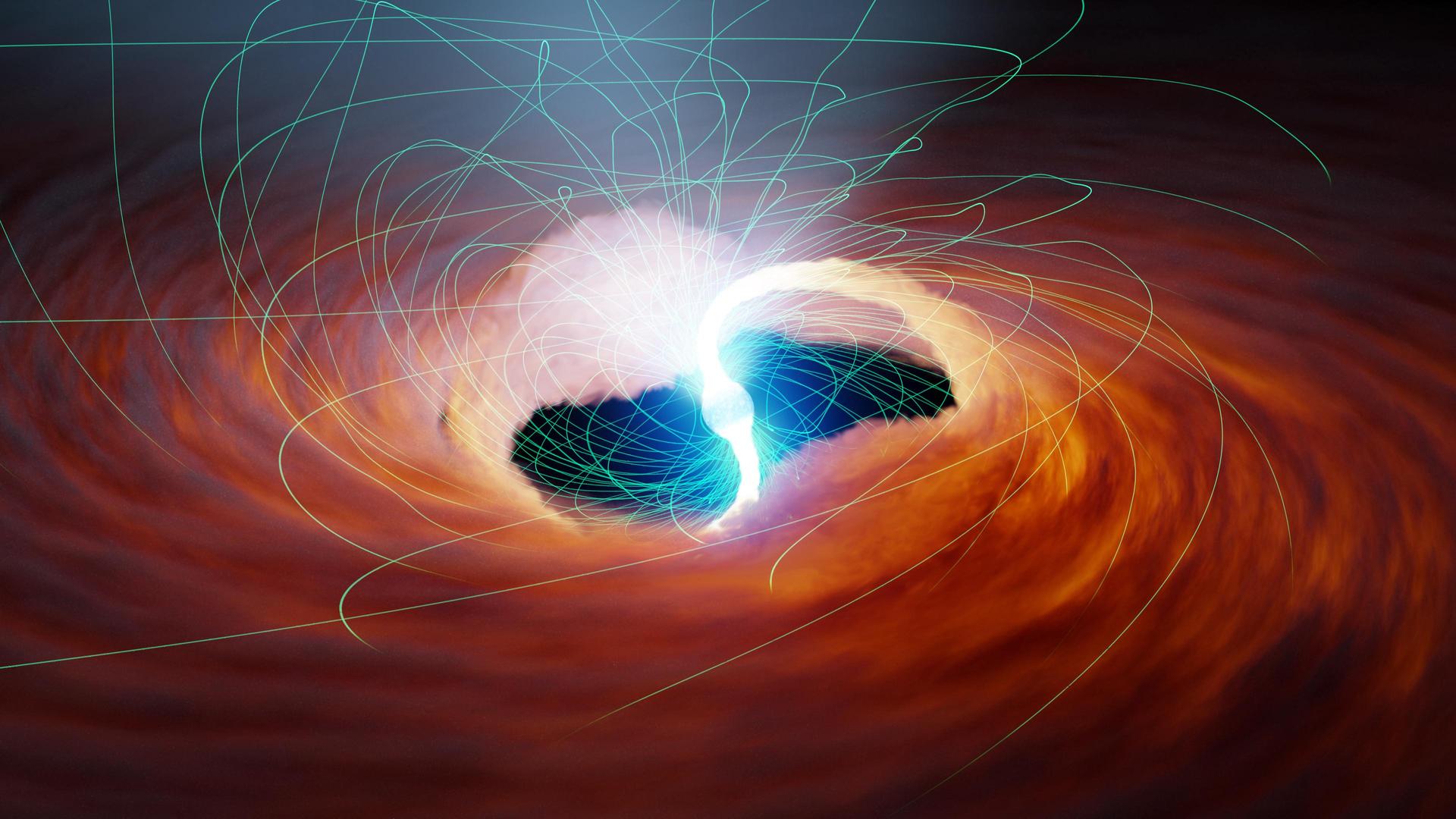
Dead stars may produce intense flashes of light through the power of gravity itself, researchers have demonstrated. Understanding this phenomenon could reveal new insights about some of the largest, most mysterious explosions in the universe.
Neutron stars are among the strangest objects in the universe. These collapsed cores of massive stars are incredibly dense, hosting more mass than the entire sun compressed into the volume of a city. They are made almost entirely of neutrons bound together — essentially, neutron stars are the largest atomic nuclei in the cosmos. Because of this incredible density, they have gravitational pulls surpassed only by black holes. Their gravity is strong enough to pull light itself into orbits around the star and accelerate nearby objects to nearly the speed of light.
Despite their name, neutron stars aren't entirely neutral. They maintain some electric charge, and combined with the star's rapid rotation — the fastest ones spin more quickly than a kitchen blender — they can power some truly enormous magnetic fields — in some cases, the most powerful magnetic fields in the universe.
The combination of intense magnetic fields and the ultrastrong gravitational environment can lead to some strange new physics, researchers explained in a paper that was uploaded to the preprint database arXiv in June but has yet to be peer-reviewed.
One interesting new possibility the researchers investigated is neutron stars' ability to give off short, immense bursts of light powered by gravity itself. The flashes take advantage of a phenomenon known as resonance, where a trigger mechanism keeps pumping energy into a system at just the right frequency to keep amplifying itself. Resonance appears throughout physics. Perhaps the most familiar example is a guitar string: When plucked, it sets up resonance with the body of the guitar to dramatically amplify its own sound.
Related: Physicists want to use gravitational waves to 'see' the beginning of time
In the case of neutron stars, the strong magnetic fields around them generate an enormous number of photons, the fundamental bits of light. Usually, these photons scatter and dissipate, adding to the general glow of the neutron star.
But the rapidly rotating neutron star can generate gravitational waves, which are ripples in the fabric of space-time. Astronomers have already detected gravitational waves from black hole and neutron star collisions, but these rotation-powered waves would be much higher-frequency. They would be far too weak to be detectable from Earth, but they could transfer energy from the neutron star to the region where the magnetic fields are generating photons and, if conditions are right, trigger resonance.
If the waves had just the right frequency, they could amplify photons, which would cascade through a complex series of channels to produce even more photons directly from the gravitational field. This process would build on itself until it fell apart, releasing a burst of radiation.
The researchers think some strange astrophysical explosions, like gamma-ray bursts and fast radio bursts, may be driven by this gravity-to-light resonance. It depends on how well gravity can directly connect to light and produce photons — something we know is incredibly rare, but not impossible.
The researchers used known neutron star flashes to put limits on the connection between gravity and light, demonstrating how these powerful explosions serve as nature's own laboratory for testing some of the most unexpected interactions in the universe.







